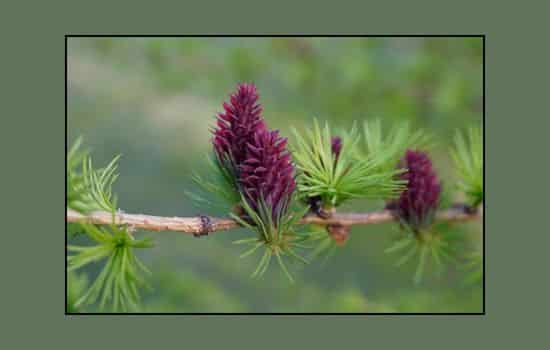Advertisements
In the vast and diverse plant kingdom, gymnosperm plants stand as majestic pillars that have shaped the Earth's landscapes for millions of years.
In this article, we will explore the fascinating world of gymnosperms.
Advertisements
From its distinctive characteristics to its impact on terrestrial ecosystems and its importance for humanity.
What are Gymnosperm Plants?
Gymnosperm plants are a diverse group of vascular plants distinguished by the presence of naked seeds.
Advertisements
That is, seeds that are not enclosed within a fruit.
See also
Exploring the Fascinating World of Bryophyte Plants
Classification and Diversity of Plants
This group includes conifers such as pines, firs, cedars, and redwoods, as well as cycads, ginkgos, and gnetophytes.
Unlike angiosperms, whose seeds are enclosed within fruits, gymnosperms expose their seeds in structures called cones or strobili.
Distinctive Characteristics of Gymnosperms
Gymnosperms exhibit a number of unique characteristics that differentiate them from other plant groups:
- Naked Seeds: As their name implies, gymnosperms produce seeds that are not protected by a mature ovary (fruit). Instead, the seeds are exposed on the surface of reproductive structures called cones or strobili.
- Leaves in the shape of needles or scales: Most gymnosperms have leaves in the shape of needles or scales, which allow them to conserve water and resist adverse weather conditions. These leaves also help in photosynthesis and regulating transpiration.
- Wind Pollination: Many gymnosperms rely on wind to transport pollen from male cones to female cones, where ovules are fertilized and seeds are formed. This pollination method is efficient but requires large amounts of pollen to ensure fertilization.
- High Quality Wood: Gymnosperms are known for producing high-quality wood, used in construction, furniture manufacturing, paper production, and a variety of other industrial applications.
Ecological Importance of Gymnosperms
Gymnosperms play important roles in terrestrial ecosystems:
- Habitat and Shelter: Conifers and others gymnosperms They provide valuable habitats for a variety of organisms, from birds and mammals to insects and fungi. Its dense forests offer shelter from wind, rain and extreme temperatures, creating favorable microclimates for wildlife.
- Soil Stabilization: The deep, extensive roots of many gymnosperms help stabilize soil and prevent erosion, especially in areas with steep slopes or nutrient-poor soils.
- Carbon Storage: Gymnosperm forests play an important role in the carbon cycle by absorbing carbon dioxide from the atmosphere and storing it in the form of plant biomass and soil organic matter. This helps mitigate climate change by reducing the concentration of greenhouse gases in the atmosphere.
- Contribution to the Nutrient Cycle: As they decompose, the fallen leaves and needles of gymnosperms release nutrients stored in their tissues, enriching the soil and providing food for a variety of soil organisms.
Gymnosperm Diversity: Exploring Forests of Natural Beauty
Gymnosperms exhibit a surprising diversity of shapes, sizes, and habitats throughout the world.
From the towering pine forests of the northwestern states of the United States to the tropical cycads that adorn the Pacific islands.
Each species of gymnosperm has its own unique charm.
This variety reflects the ability of gymnosperms to adapt to a wide range of climatic and ecological conditions.
From cold and temperate climates to warm and tropical ones.

Conclusions: Celebrating the Beauty and Importance of Gymnosperms
In short, gymnosperm plants are true green guardians of nature, whose presence influences the health and biodiversity of terrestrial ecosystems around the world.
From its role in soil stabilization to its contribution to nutrient cycling and carbon storage.
Gymnosperms play essential roles in regulating the climate and maintaining the health of ecosystems.
By celebrating the beauty and diversity of gymnosperms, we recognize their importance and honor their place in the rich tapestry of life on Earth.


